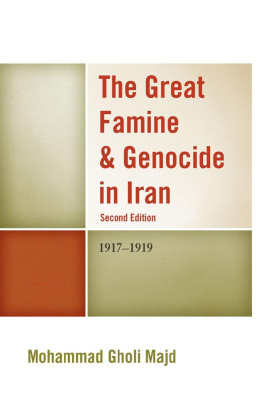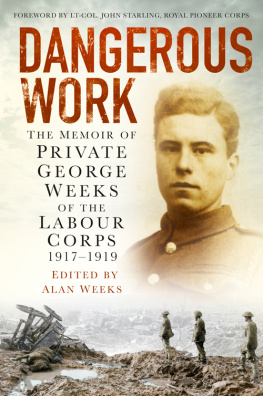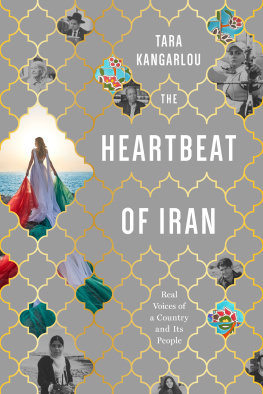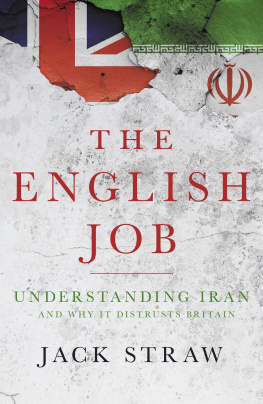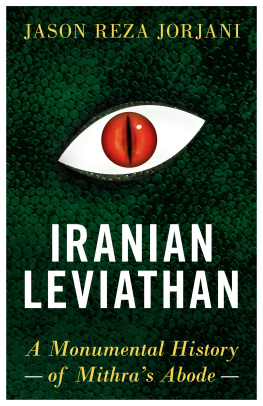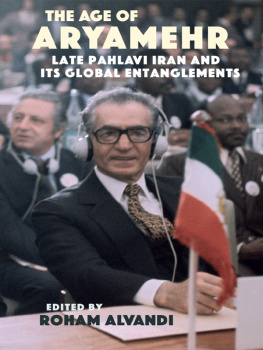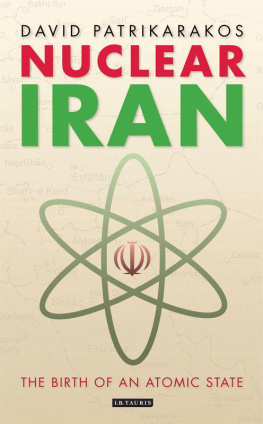
The Great Famine & Genocide
in Iran, 1917-1919
Second Edition
Mohammad Gholi Majd
Chapter One
Introduction
The Great Famine of 1917-1919 was unquestionably the greatest calamity in the history of Iran, far surpassing anything that had happened before. It is shown in this study that 8-10 million Iranians, 40-50% of the population, was wiped out because of starvation and the associated diseases that accompany malnutrition. In comparison, the total number of troops from all the belligerent countries killed in battle in World War I was 8.5 million. That is Iranian losses were at least as great as the total fatalities suffered by all the belligerents: more people died in Iran than in all the battlefields of World War I. Unquestionably, neutral Iran was the greatest victim of World War I. Yet the Great Famine in Iran, one of the greatest famines of modern times, and definitely one of the largest genocide of the twentieth century has remained unknown and unexplored. The history of Iran in World War I and after cannot be understood without an understanding of what transpired in the country during 1917-1919. Other south Asian countries have also suffered devastating war time famines in the twentieth century, possibly the best known being the 1943 famine in Bengal in which 3-5 million died, described in detail in a recent book. A most remarkable fact about the Iranian famine of 1917-1919 is its relative magnitude: while the 1943 Indian famine had claimed 3-5 million out of a population of some 300 million, the Iranian famine in World War I had taken 8-10 million out of a population of 18-20 million.
Discussing the devastation of Iran, the Soviet historian Lev Miroshnikov wrote: The First World War brought to the peoples of Iran incalculable misfortunes and privations. Vast regions were devastated by war, many tens of thousands of Iranians starved or died after illness, suffered or lost their lives as a result of military operations. Looking back it is even now difficult to say how Iran might have suffered less It was impossible to defend national sovereignty from encroachments by the Great Powers, each of whom considered Iran a prize in the struggle for new colonies and spheres of influence. In a report submitted by the Iranian Delegation to the General Assembly of the League of Nations, dated December 6, 1920, the following is stated: At the beginning of the war of 1914-1918, the Persian Government, anxious to continue its historic traditions, solemnly declared its neutrality Despite her neutrality, Persia has been a battlefield during the world cataclysm. Her richest provinces in the north and north-east have been ravaged, divided and disorganized by the Turco-Russian forces. Many are the ruins which cover Persian territory from Makou (a town lying in the extreme north of Persian Province Azerbaidjan), to the very south. Towns and villages have been pillaged and burned, and hundreds of thousands of men were compelled to say a lasting farewell to their beloved homes and to find death from hunger and cold far from their native provinces. At Teheran, a city of about 500,000 inhabitants, 90,000 persons died of famine for want of bread; since the big lines of communication were cut by the invaders. All the Governments which followed each other during the war were faced with insurmountable difficulties which arose from the violation of Persian neutrality. The food-supplying provinces of Persiasuch as Mazenderan, Gailan, Azerbaidjan, Hamadan and Kirmanshahanwhich were rich in corn, rice and other cereals, were unable to produce anything, owing to the lack of labour and the want of security: famine, that pitiless scourge, ruled over the greater part of the country and spread ruin and death among its people It is with deep emotion that we mention the high figure of our loss in man-powera cruel loss of 300,000 men, massacred by the sword of the invader. As documented in this study, Tehrans population fell from 500,000 to 200,000 and its loss to famine and disease was at least three times as great as that stated in the above report.
In his 1934 biography of the former British Foreign Secretary, the late Lord George N. Curzon, Harold Nicolson wrote: Persia, during the war, had been exposed to violations and sufferings not endured by any other neutral country. The subject was all but ignored and practically forgotten until August 1941, when at the time of the Anglo-Russian invasion of Iran one finds a few brief mentions in the American diplomatic records. For instance, in a memorandum of August 13, 1941, addressed to the Under Secretary of State Sumner Welles, the Chief of the Division of Near Eastern Affairs at the State Department, Wallace Smith Murray, wrote: During the late World War, despite Irans declared neutrality, she was invaded by both the Great Powers, which resulted in untold misery to the Persian people. It is estimated that during the famine of 1917-1918, caused by the chaotic conditions of the country, approximately one-third of the population perished. Given that the post-famine population of Iran in 1919 was 10 million, Murray implies that 5 million had perished. It is shown in this study that the reality was far worse. In a note to the Secretary of State Cordell Hull, dated August 21, 1941, and containing Irans reply to the Anglo-Russian ultimatum of August 16, 1941, the Iranian Minister to Washington, Mohammad Schayesteh, wrote: The Iranians remember with sorrow the great misfortunes of the last war, the unbelievable number of the population which died as a result of famine and epidemics caused by foreign interference in Iran.
Thereafter, the subject was again relegated to oblivion.
IRAN IN WORLD WAR I
The conquest by Great Britain of the vast area stretching from India to Egypt in World War I is one of the great colonial conquests of history about which little has been written and even less is known. Despite the fact that it took four years of often brutal warfare and hundreds of thousands of combat casualties (Turks, Arabs, Indians fighting for the British, and Iranians), not to mention the millions who died of famine and disease, the subject has attracted practically no interest by academic historians in the West. As history is written by the victors, it is easy to misrepresent the past. For almost 100 years the history of World War I in the Near East has been popularly portrayed as the liberation of the Arabs from the Turks by such romantic fictional characters as Lawrence of Arabia, while the fate of the peripheral countries such as Iran was not even mentioned. For nearly a century the history of the Near East, including that of Iran, in World War I had remained shrouded in mystery and misinformation. Yet, it was within the context of the vast colonial conquest of World War I that Iran suffered its greatest calamity in its recorded history. While a detailed history of Iran in World War I is beyond the scope of this study, chapter two gives an account of the military campaigns in Iran during 1914-1918. Not surprisingly, military operations in Iran by Great Britain, Russia and Turkey were closely tied to the campaigns in Mesopotamia, Palestine and the Caucasus, and military operations in Iran must be viewed within the context of the wider war in the Near East.
Iran was invaded and occupied by Great Britain and Russia in both World War I and World War II. In both wars, Russia invaded northern Iran on both sides of the Caspian as well as along the Caspian Sea. Similarly, in both wars, Great Britain invaded western and southern Iran from Iraq and the Persian Gulf. Great Britain also invaded eastern Iran from India in World War I. Similarly, Iraq was also invaded from the south and occupied by Great Britain in both wars. Because of her control of India, Britain was able to rapidly move large forces from India to the Near East in both wars. But the nature of the invasion and occupation of Iran and Iraq in the two wars was very different. It took Great Britain four years of often brutal warfare during 1914-1918 to conquer Iraq from the Ottomans and to subdue the country. In contrast, it took Great Britain just one month of sustained bombing in May 1941 to overthrow a hostile Iraqi government and to subdue the country. Similarly, the Anglo-Russian invasion of Iran on August 25, 1941, was a blitzkrieg in which the two allies unleashed overwhelming force against Iran and in just four days occupied the country. There was very little actual combat on Iranian soil, and the war in Iran was over by August 28, 1941, when the Iranian government announced a unilateral cessation of resistance, and three days later the victorious Russian and British armies met and celebrated in Qazvin. In contrast, Iran was a battle ground in World War I where for four years practically every corner of the land was at some point the scene of hostilities between the invading armies or between Iranians and the invaders. Large areas of western and southern Iran were devastated by the fighting.
Next page
